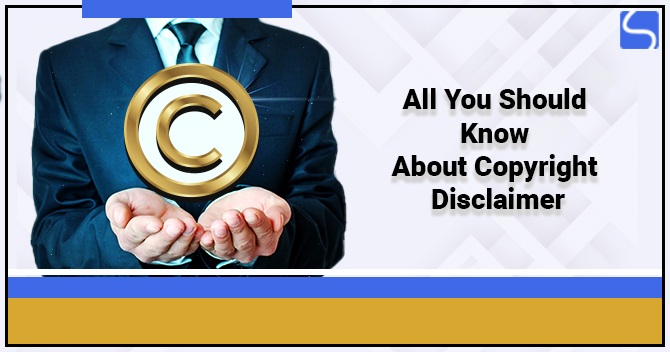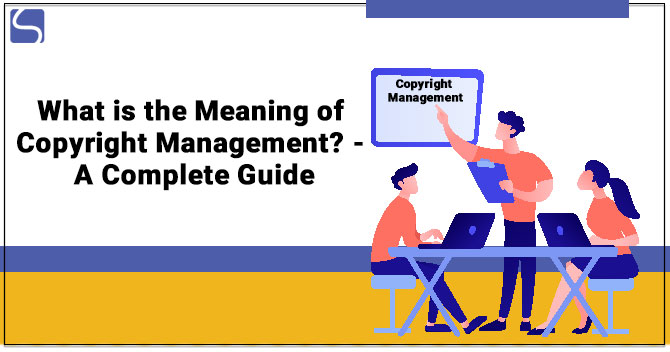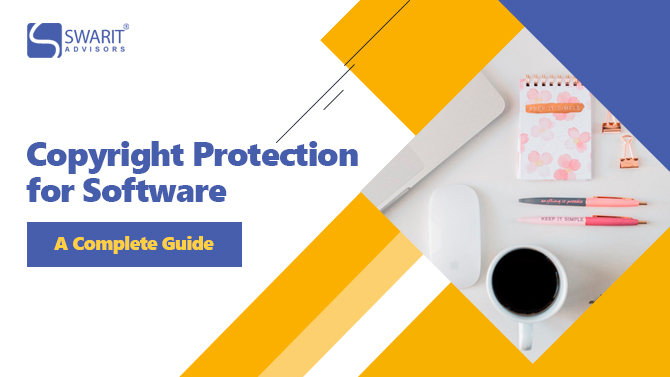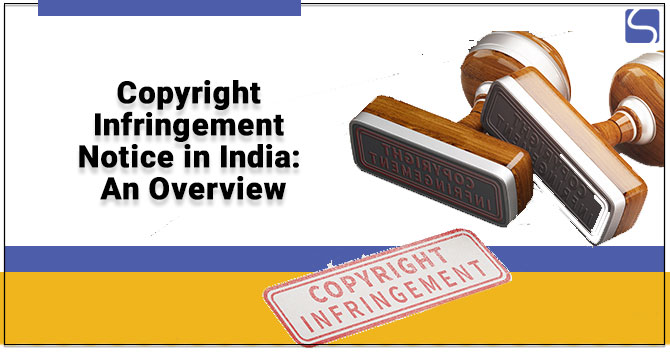All You Should Know About Copyright Disclaimer

Karan Singh | Updated: Jul 15, 2021 | Category: Copyright
Copyright is a legitimate process of maintaining a creative idea or an author or creator. Different types of content can be safeguarded by Copyright. For instance, it comprises plays, artwork, books, films, and poems. In current times, Copyright Registration has increased for websites and other online content. In a disclaimer, it comprises any liabilities for the goods or services to which it is attached. The objective of the disclaimer is to notify customers of any dangers or risks posed by a product or item. It should list correct hazards or risks while confirming that the list is not exhaustive. Scroll down to check more information concerning Copyright Disclaimer.
Table of Contents
Meaning of Copyright Disclaimer under Section 107
As per Section 107 of the Copyright Act, 1976[1], Copyright Disclaimer states that interest is created for “fair use” of ideas like comments, scholarship, research, review, teaching, and learning. Fair Use is a process that is certified by Copyright performing, or it will be infringed.
When a creator or author works of their own, they would most obviously need to verify the right to copy and sell their actual work. A person who has invested so much time, energy & money to come up with a different result, and if someone takes that output, it beats the objective of actual ownership and possibly earning a living.
What are the Advantages of Copyright Disclaimer?
Following are the advantages of Copyright Disclaimer:

- Safeguards Your Rights: If someone violates your right or unauthorised copies & distributes your actual work, Copyright will give your legitimate grounds to sue the guilty parties. You can either question them to pay you for a license or for any business loss you may have sustained for copying your work. If they decline your work behind your back, you have the authority to track them & ask them to pay the amount they have collected from the violation of your work without your consent.
- It Serves as an Asset to Your Work: Your creative or unique work is an asset doesn’t matter what others may think about you and your work, so it should be regulated as such. It can defend a lot in the future & can even be used as marketing security. Your right to official control of your work should be preserved in the mind that you can earn from it. It can also serve as an inheritance you pass on, as Copyright can last for more than seventy years.
- Licensing: The agreement of licensing is a legitimate authorisation from you to other parties that allows them to use your copyrighted works. Once you have copyrighted your work and it has captivated concerned parties, you can inspect your licensing choice. It also expands the legitimate assurance of your work and can be used as proof when other parties don’t assure their finish of the contract. You can take proactive measures to assure the legitimate rights to your IP, for instance, licensing, since Copyright Infringement happens all the time.
- Validity: Your Copyright Registration will demonstrate your Copyright validity if it is registered within five years of publication. This can hold upcoming challenges to your rights over creative work.
- Maximisation of Damages: Without a proper Copyright Registration, an owner of Copyright is limited to actual losses in the case of Copyright Infringement. These can be difficult and easy to prove. With the Registration of Copyright, the owner or Copyright owner is permitted legal damages and fees of lawyers. But, to maintain such damages, the registration should be done within three months of the statement of work or before the infringement happens.
Necessities of Copyright Disclaimer
- Expression: it goes hand in hand with the fixation necessity. The concept of expression can be permitted to Copyright. At the same time, ideas cannot be copyrighted.
- Fixation: A creative approach should be locked in a constant state. For example, to safeguard a song, it should be notated on paper or incorporated onto a tape or a CD. A live depiction of that song won’t be safeguarded.
- Uniqueness: Artistic work should fulfil a primary level of creativity to be examined as the author’s product. Direct instances of someone else’s work can’t be copyrighted, and neither can facts, titles, short phrases, etc.
Process of Copyright Disclaimer Statement
- Choose if your Work is to be Safeguarded by Copyright: Generally, the owner of Copyright is required to place an efficient notice on all openly distributed “visually noticeable”. Instances of visually obvious copies include sheet music, films, books, or photographs. A visually audible copy doesn’t cover what includes a sound recording such as CD, a vinyl record or an MP3 recording.
- Make a Valid Symbol: Visually noticeable models needs to register the Copyright or the C symbol and the P symbol for phone reports. You can also use the term “Copyright” or the abstract “Corp” to make it visible that your work is protected by Copyright.
- Recognise the Publication Year: Following the Law of Copyright, published materials mention the distributed copies or phone records of your copyrighted work. In identifying the publication year, it is when you have granted your work by sale or other alter such as leasing.
- Announce your Name or Copyright Owner’s Name: You need to give the Copyright owner’s name. Use your current name or any other name that you have the legitimate power to use. If you require your company to protect the Copyright, ensure that your company or business has been accurately authenticated. With a phone recording, the generator’s name will be identified as a part of the notice if the producer names on the container or label with the report comprising no other name.
- Set the Copyright Notice in Your Actual Work: It means you have to attach your Copyright in a section obvious to the eye. It shouldn’t be covered nor hidden from view. On a website, the notice of Copyright is generally noticed in the areas such as the footer, at the end of a written piece of music, or in some book pages. You may comprise a Copyright notice in the recognitions or with the title in a video.
- Comprise a Rights Statement: It represents to the public what rights you are maintaining for yourself. For instance, you could write “All Rights Reserved” if you do not wish to leave anyone to replica your idea. Some Rights Reserved for a productive commons license, or No Rights Owner if you go by all controls away.
Conclusion
A Copyright Disclaimer is used when the Content on your app or website is exclusively managed by you and copyrighted by you. Copyright Registration is one of the vital parts of Copyright. If you do not register your Copyright and you are filing a complaint that your content is copied. The Court asks for your Copyright proof. So registering your product makes you safe. You can use the Copyright that you register in a Law Court to prove when that work was created and that it’s yours.
Read our article:A Complete Guide on Copyright Judgement in India














